“Love has nothing to do with what you are expecting to get — only with what you are expecting to give — which is everything.”
After those collections of notable definitions of art, science, and philosophy, what better way to start a new year than with a selection of poetic definitions of a peculiar phenomenon that is at once more amorphous than art, more single-minded than science, and more philosophical than philosophy itself? Gathered here are some of the most memorable and timeless insights on love, culled from several hundred years of literary history — enjoy.
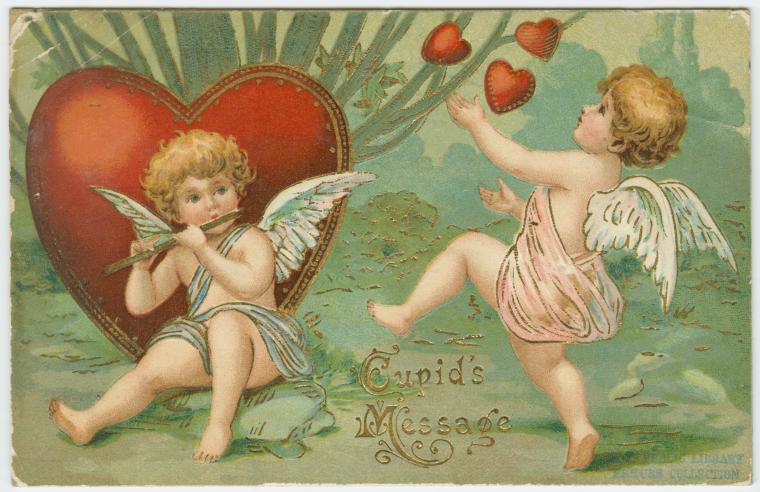
Kurt Vonnegut, who was in some ways an extremist about love but also had a healthy dose of irreverence about it, in The Sirens of Titan:
A purpose of human life, no matter who is controlling it, is to love whoever is around to be loved.
Anaïs Nin, whose wisdom on love knew no bounds, in A Literate Passion: Letters of Anaïs Nin & Henry Miller, 1932-1953:
What is love but acceptance of the other, whatever he is.
Stendhal in his fantastic 1822 treatise on love:
Love is like a fever which comes and goes quite independently of the will. … there are no age limits for love.

There is no safe investment. To love at all is to be vulnerable. Love anything, and your heart will certainly be wrung and possibly be broken. If you want to make sure of keeping it intact, you must give your heart to no one, not even to an animal. Wrap it carefully round with hobbies and little luxuries; avoid all entanglements; lock it up safe in the casket or coffin of your selfishness. But in that casket — safe, dark, motionless, airless – it will change. It will not be broken; it will become unbreakable, impenetrable, irredeemable. The alternative to tragedy, or at least to the risk of tragedy, is damnation. The only place outside Heaven where you can be perfectly safe from all the dangers and perturbations of love is Hell.
Love can change a person the way a parent can change a baby — awkwardly, and often with a great deal of mess.
Susan Sontag, whose illustrated insights on love were among last year’s most read and shared articles, in As Consciousness Is Harnessed to Flesh: Journals and Notebooks, 1964-1980:
Nothing is mysterious, no human relation. Except love.
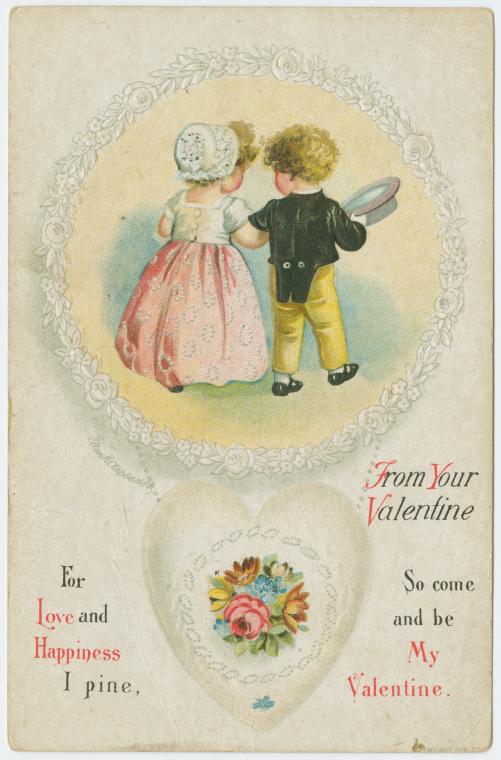
Charles Bukowski, who also famously deemed love “a dog from hell,” in this archival video interview:
Love is kind of like when you see a fog in the morning, when you wake up before the sun comes out. It’s just a little while, and then it burns away… Love is a fog that burns with the first daylight of reality.
Love looks not with the eyes, but with the mind.
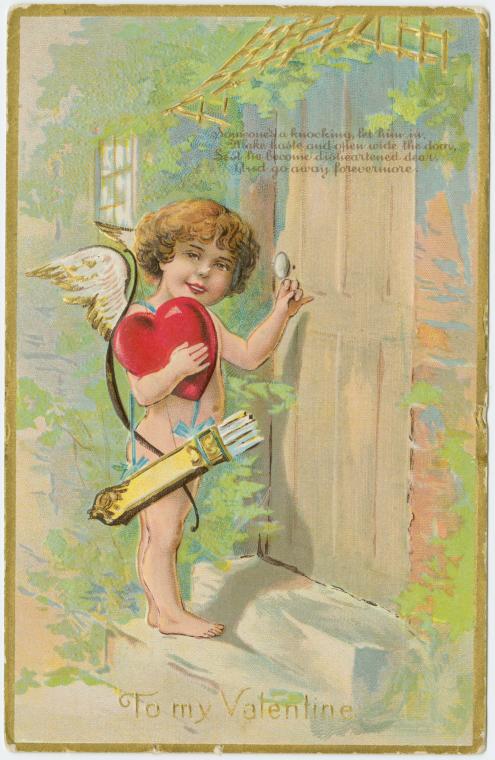
Ambrose Bierce, with the characteristic wryness of The Devil’s Dictionary:
Love, n. A temporary insanity curable by marriage.
Katharine Hepburn in Me : Stories of My Life:
Love has nothing to do with what you are expecting to get — only with what you are expecting to give — which is everything.
Of all forms of caution, caution in love is perhaps the most fatal to true happiness.
Fyodor Dostoyevsky puts it even more forcefully in The Brothers Karamazov:
What is hell? I maintain that it is the suffering of being unable to love.

Evolutionary biologist Richard Dawkins in a letter to his ten-year-old daughterexplaining the importance of evidence in science and in life:
People sometimes say that you must believe in feelings deep inside, otherwise you’d never be confident of things like ‘My wife loves me’. But this is a bad argument. There can be plenty of evidence that somebody loves you. All through the day when you are with somebody who loves you, you see and hear lots of little tidbits of evidence, and they all add up. It isn’t purely inside feeling, like the feeling that priests call revelation. There are outside things to back up the inside feeling: looks in the eye, tender notes in the voice, little favors and kindnesses; this is all real evidence.
Love is an untamed force. When we try to control it, it destroys us. When we try to imprison it, it enslaves us. When we try to understand it, it leaves us feeling lost and confused.
Love does not begin and end the way we seem to think it does. Love is a battle, love is a war; love is a growing up.
Anyone who falls in love is searching for the missing pieces of themselves. So anyone who’s in love gets sad when they think of their lover. It’s like stepping back inside a room you have fond memories of, one you haven’t seen in a long time.

Love does not consist of gazing at each other, but in looking outward together in the same direction.
The more one judges, the less one loves.
Love is a temporary madness, it erupts like volcanoes and then subsides. And when it subsides, you have to make a decision. You have to work out whether your roots have so entwined together that it is inconceivable that you should ever part. Because this is what love is. Love is not breathlessness, it is not excitement, it is not the promulgation of promises of eternal passion, it is not the desire to mate every second minute of the day, it is not lying awake at night imagining that he is kissing every cranny of your body. No, don’t blush, I am telling you some truths. That is just being “in love”, which any fool can do. Love itself is what is left over when being in love has burned away, and this is both an art and a fortunate accident.
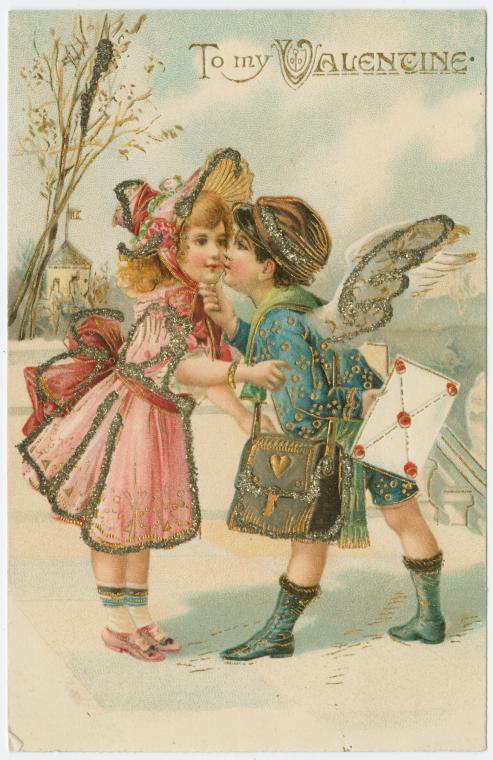
E. M. Forster in A Room with a View:
You can transmute love, ignore it, muddle it, but you can never pull it out of you. I know by experience that the poets are right: love is eternal.
English novelist Iris Murdoch, cited by the great Milton Glaser in How to Think Like a Great Graphic Designer:
Love is the very difficult understanding that something other than yourself is real.
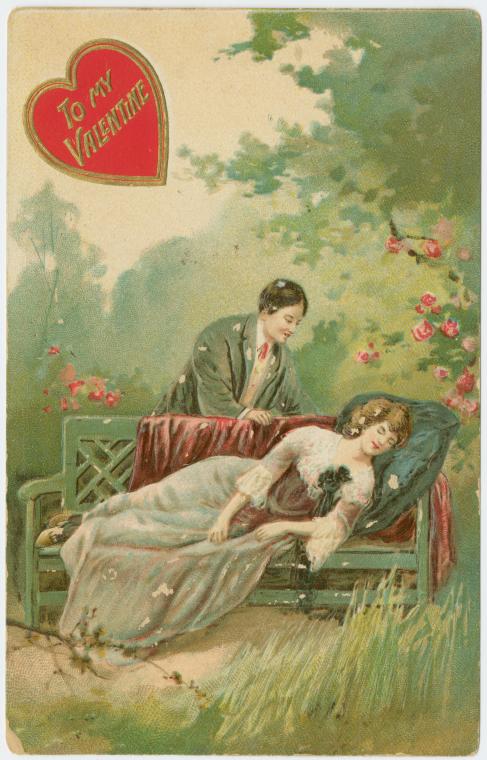
But perhaps the truest, if humblest, of them all comes from Agatha Christie, who echoes Anaïs Nin above in her autobiography:
It is a curious thought, but it is only when you see people looking ridiculous that you realize just how much you love them.
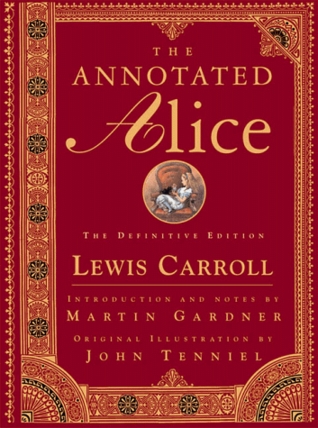

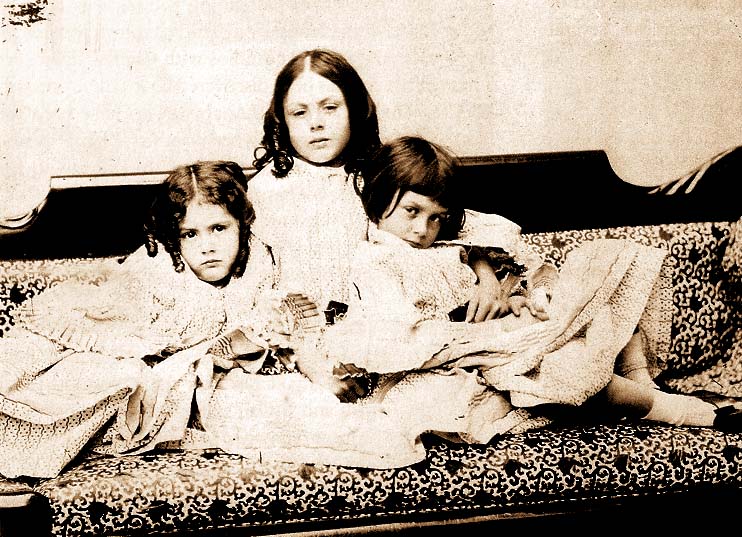

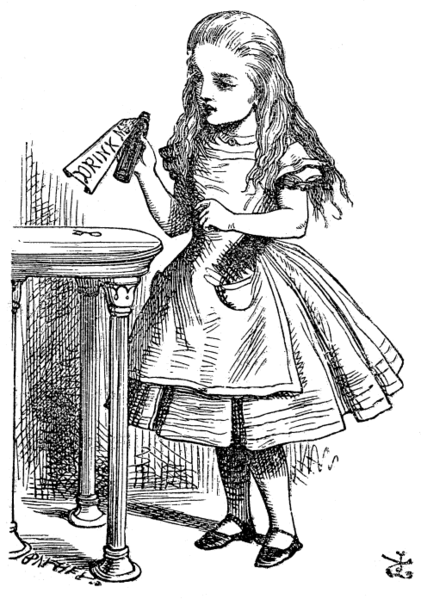
 Marketers exploit the focusing illusion. When people are induced to believe that they “must have” a good, they greatly exaggerate the difference that the good will make to the quality of their life. The focusing illusion is greater for some goods than for others, depending on the extent to which the goods attract continued attention over time. The focusing illusion is likely to be more significant for leather car seats than for books on tape.
Marketers exploit the focusing illusion. When people are induced to believe that they “must have” a good, they greatly exaggerate the difference that the good will make to the quality of their life. The focusing illusion is greater for some goods than for others, depending on the extent to which the goods attract continued attention over time. The focusing illusion is likely to be more significant for leather car seats than for books on tape. Personality is composed of two fundamentally different types of traits: those of ‘character;’ and those of ‘temperament.’ Your character traits stem from your experiences. Your childhood games; your family’s interests and values; how people in your community express love and hate; what relatives and friends regard as courteous or perilous; how those around you worship; what they sing; when they laugh; how they make a living and relax: innumerable cultural forces build your unique set of character traits. The balance of your personality is your temperament, all the biologically based tendencies that contribute to your consistent patterns of feeling, thinking and behaving. As Spanish philosopher, Jose Ortega y Gasset, put it, ‘I am, plus my circumstances.’ Temperament is the ‘I am,’ the foundation of who you are.”
Personality is composed of two fundamentally different types of traits: those of ‘character;’ and those of ‘temperament.’ Your character traits stem from your experiences. Your childhood games; your family’s interests and values; how people in your community express love and hate; what relatives and friends regard as courteous or perilous; how those around you worship; what they sing; when they laugh; how they make a living and relax: innumerable cultural forces build your unique set of character traits. The balance of your personality is your temperament, all the biologically based tendencies that contribute to your consistent patterns of feeling, thinking and behaving. As Spanish philosopher, Jose Ortega y Gasset, put it, ‘I am, plus my circumstances.’ Temperament is the ‘I am,’ the foundation of who you are.” At best, we nurture the fantasy that knowledge is always cumulative, and therefore concede that future eras will know more than we do. But we ignore or resist the fact that knowledge collapses as often as it accretes, that our own most cherished beliefs might appear patently false to posterity.
At best, we nurture the fantasy that knowledge is always cumulative, and therefore concede that future eras will know more than we do. But we ignore or resist the fact that knowledge collapses as often as it accretes, that our own most cherished beliefs might appear patently false to posterity.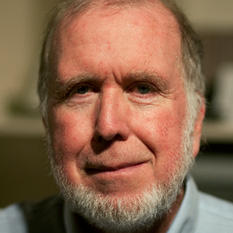 We can learn nearly as much from an experiment that does not work as from one that does. Failure is not something to be avoided but rather something to be cultivated. That’s a lesson from science that benefits not only laboratory research, but design, sport, engineering, art, entrepreneurship, and even daily life itself. All creative avenues yield the maximum when failures are embraced.
We can learn nearly as much from an experiment that does not work as from one that does. Failure is not something to be avoided but rather something to be cultivated. That’s a lesson from science that benefits not only laboratory research, but design, sport, engineering, art, entrepreneurship, and even daily life itself. All creative avenues yield the maximum when failures are embraced.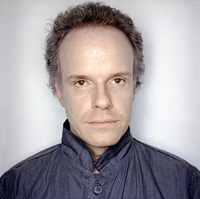 Lately, the word “curate” seems to be used in an greater variety of contexts than ever before, in reference to everything from a exhibitions of prints by Old Masters to the contents of a concept store. The risk, of course, is that the definition may expand beyond functional usability. But I believe ‘curate’ finds ever-wider application because of a feature of modern life that is impossible to ignore: the incredible proliferation of ideas, information, images, disciplinary knowledge, and material products that we all witnessing today. Such proliferation makes the activities of filtering, enabling, synthesizing, framing, and remembering more and more important as basic navigational tools for 21st century life. These are the tasks of the curator, who is no longer understood as simply the person who fills a space with objects but as the person who brings different cultural spheres into contact, invents new display features, and makes junctions that allow unexpected encounters and results.
Lately, the word “curate” seems to be used in an greater variety of contexts than ever before, in reference to everything from a exhibitions of prints by Old Masters to the contents of a concept store. The risk, of course, is that the definition may expand beyond functional usability. But I believe ‘curate’ finds ever-wider application because of a feature of modern life that is impossible to ignore: the incredible proliferation of ideas, information, images, disciplinary knowledge, and material products that we all witnessing today. Such proliferation makes the activities of filtering, enabling, synthesizing, framing, and remembering more and more important as basic navigational tools for 21st century life. These are the tasks of the curator, who is no longer understood as simply the person who fills a space with objects but as the person who brings different cultural spheres into contact, invents new display features, and makes junctions that allow unexpected encounters and results.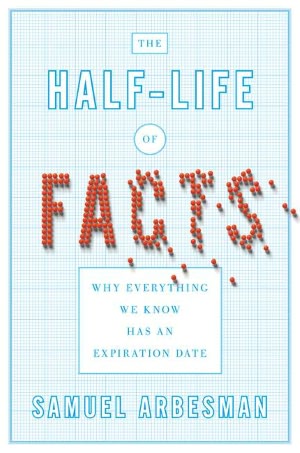
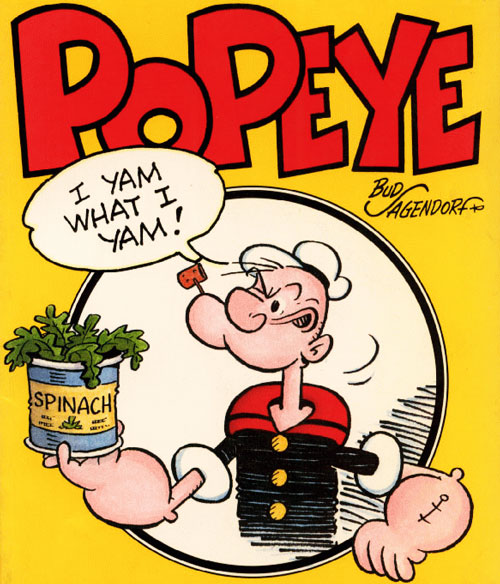

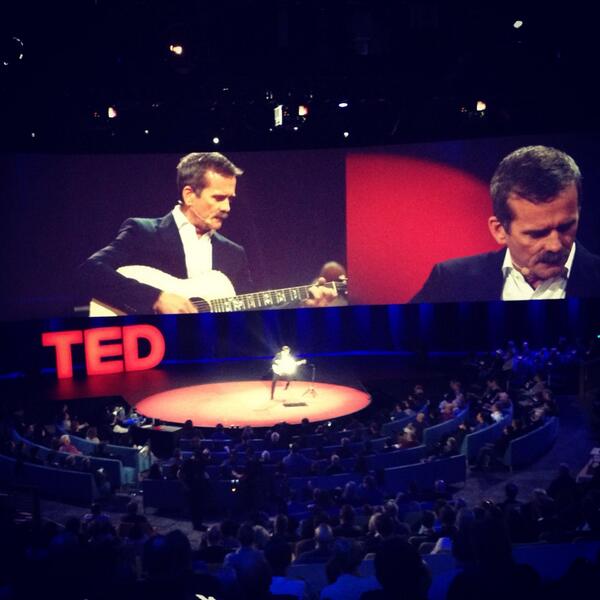
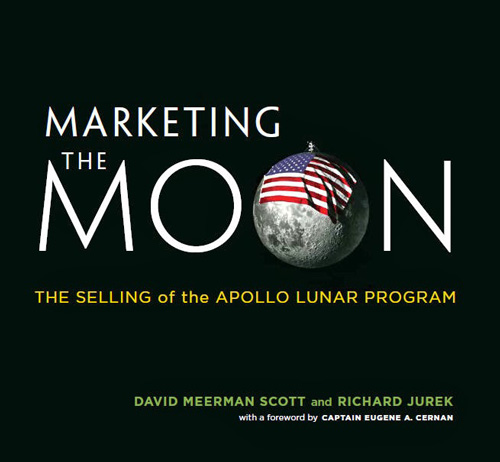
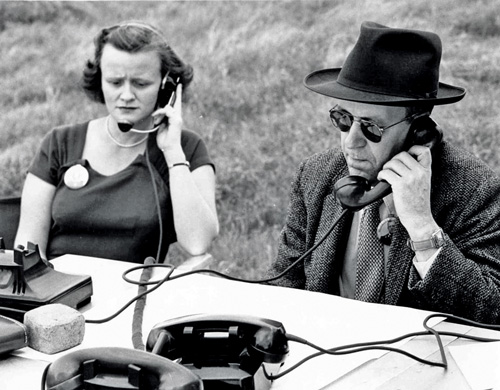
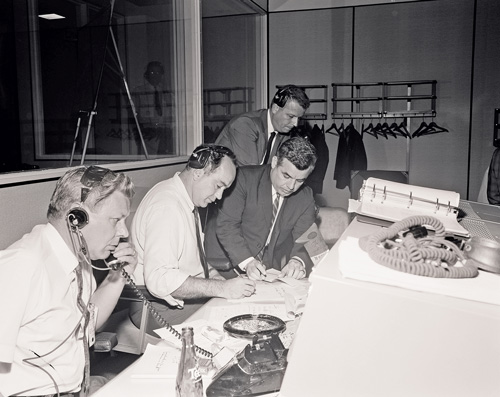
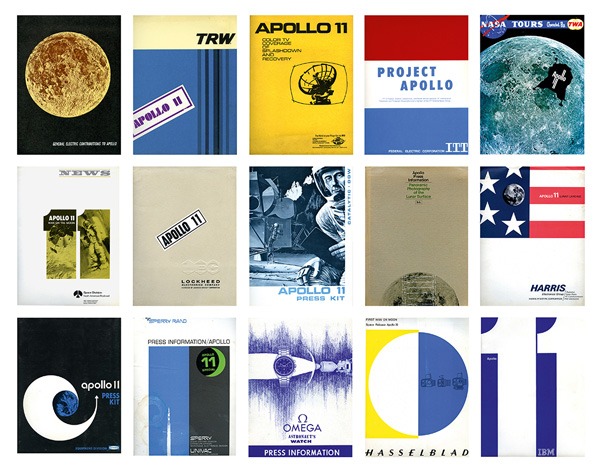
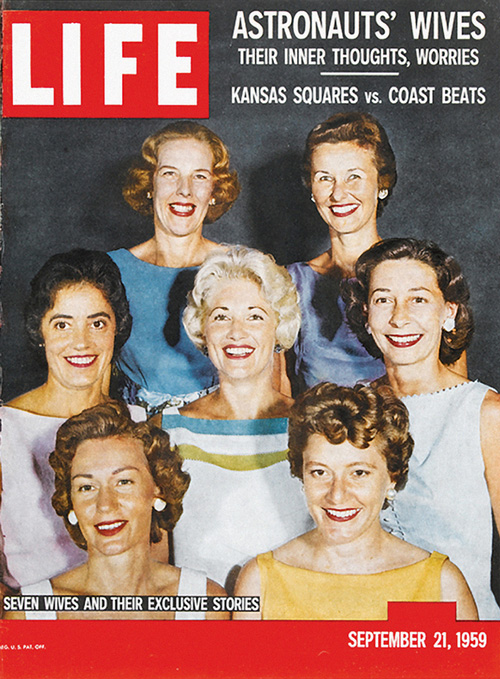
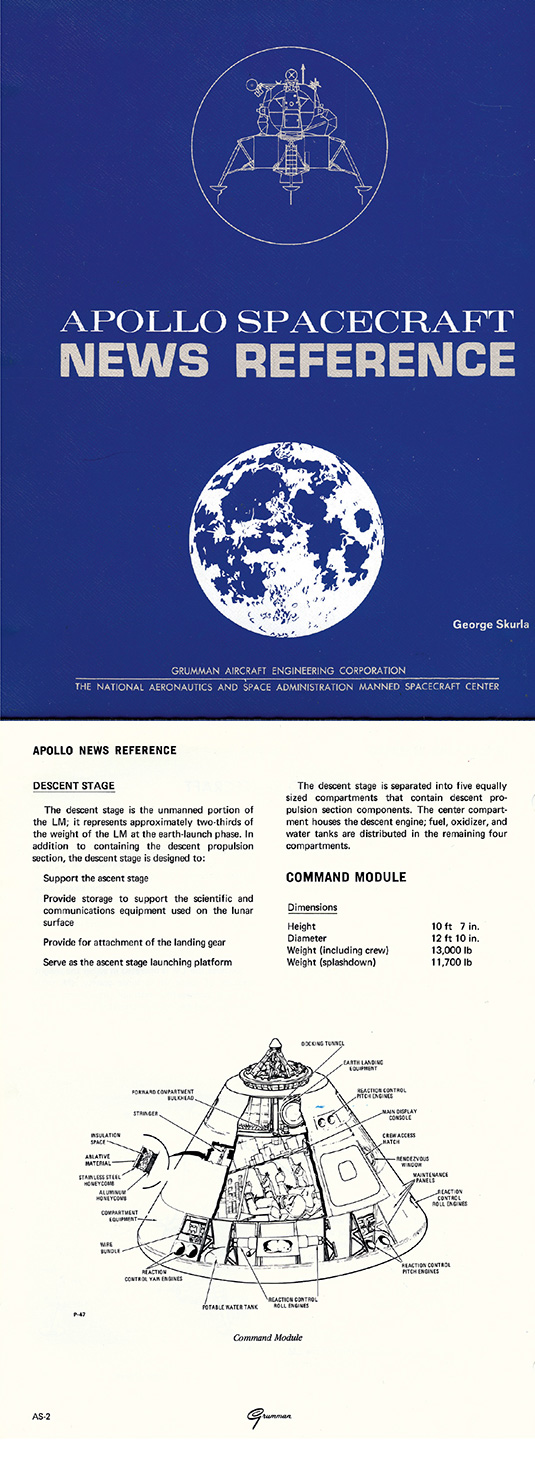
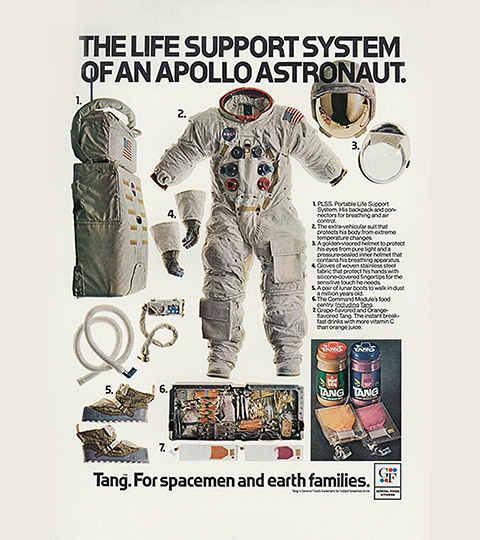
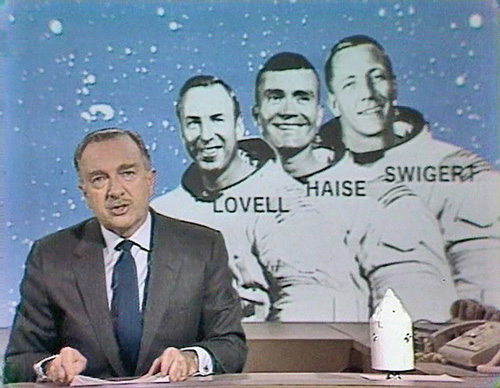
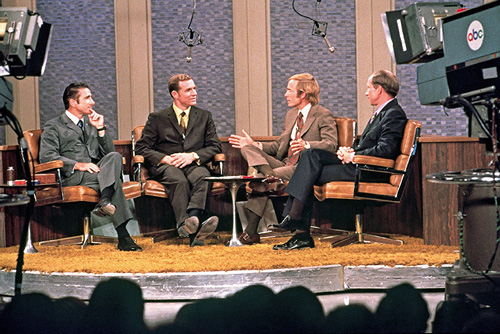
 Michelle Legro is an associate editor at
Michelle Legro is an associate editor at